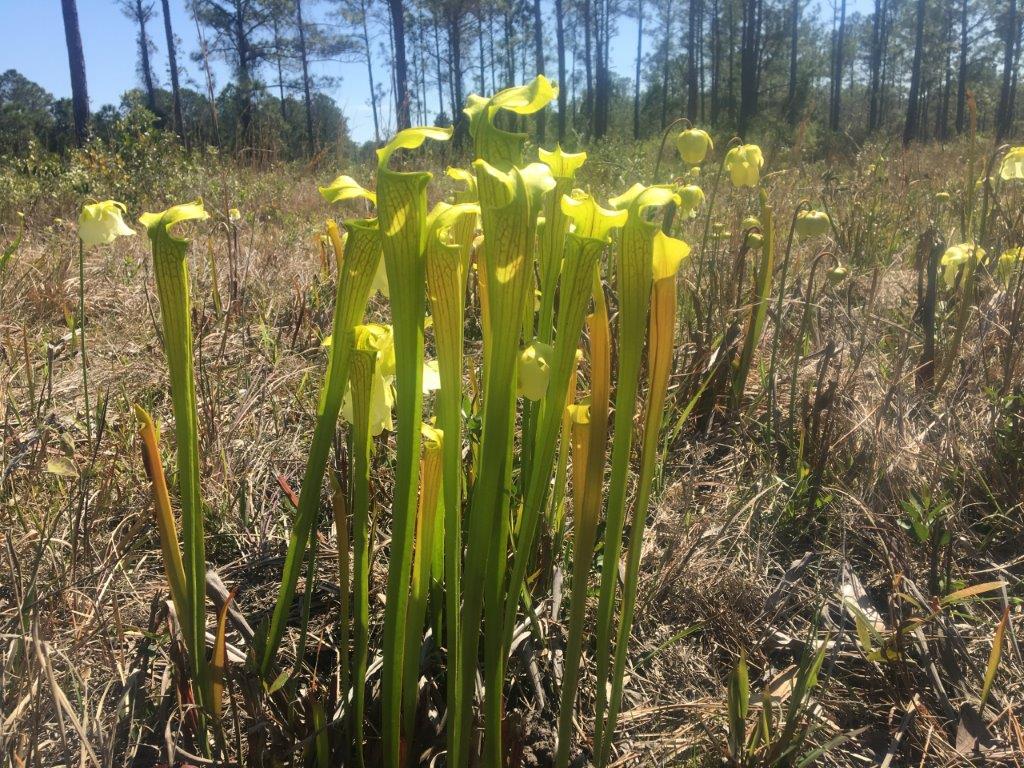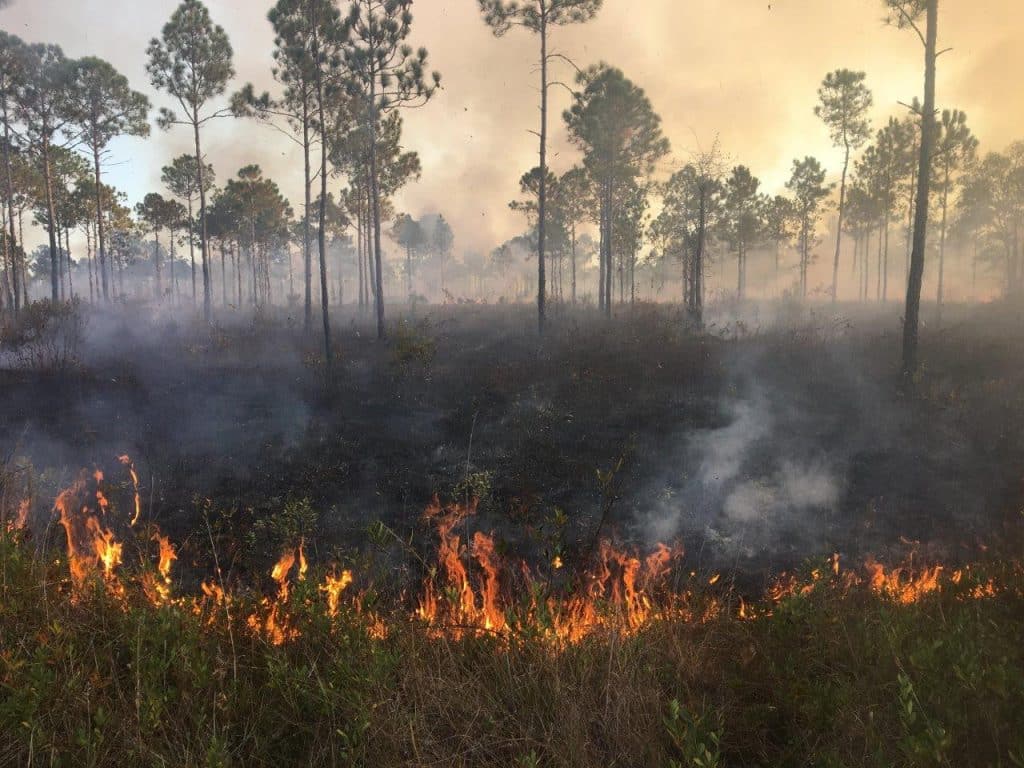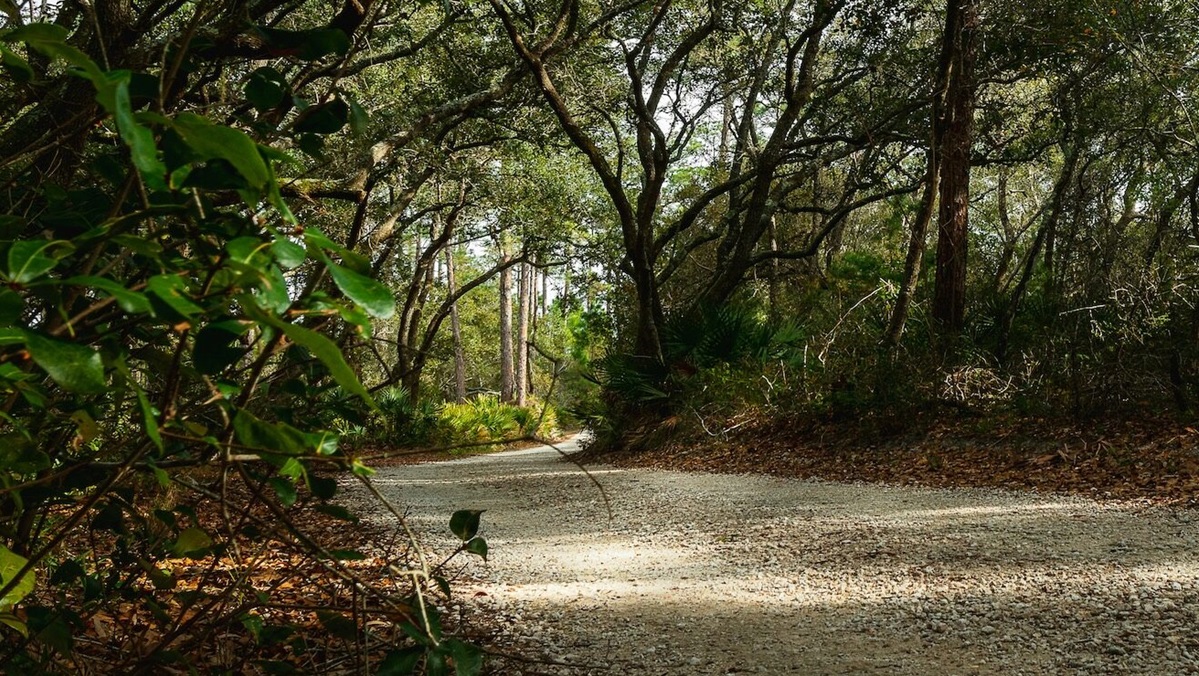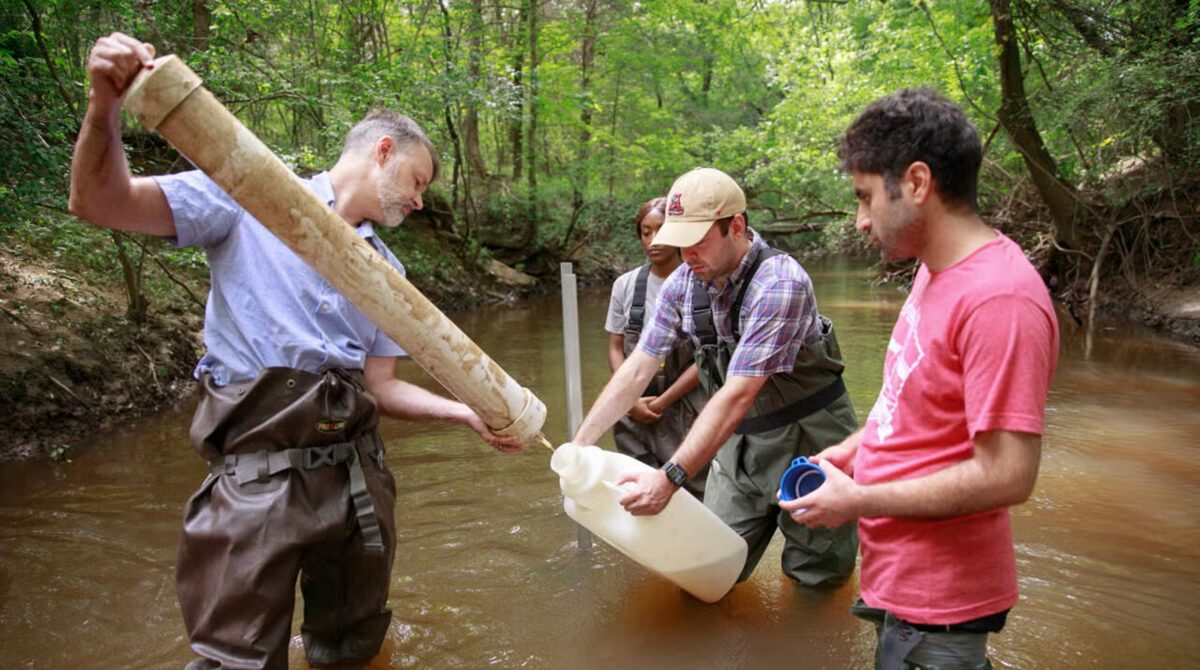Alabama Power’s Theodore wetland project restores critical, coastal pine savannah

Alabama Power has helped tranform this once-degraded property in coastal Mobile County back to a biologically diverse pine savannah. (Cliff Young)
Once upon a time, sprawling pine savannahs dominated the Southern landscapes of coastal Alabama. Native grasses and forbs were readily available for foraging wildlife, such as the Henslow’s sparrow – one of many migratory birds that rest in Alabama’s coastal forests before making their long annual migrations. During their annual blooming, acres of wildflowers provided for an intoxicating experience. Pitcher plants by the millions gorged themselves on the tiny insects that contribute to the amazing biodiversity of the savannah.
Over time, the Southern pine savannah was choked out and fragmented because of human population growth, and the development that comes with it. Another reason is that the pine savannah is dependent upon fire.
Historically, lightning strikes caused vast wildfires that sculpted these unique landscapes of widely spread, longleaf pines, towering over meadows rich with native wildflowers, grasses and animals. Many of the diverse plant and animal species that relied on the habitat ceased to exist as trees were cleared and fires were suppressed. For these reasons, wildlife biologists say it’s increasingly important to preserve the coastal savannah ecosystem where it remains, and – where possible – restore it.

Pine savannah ecosystems are home to an incredible array of animal and plant species. (Cliff Young)
In Theodore, along the western shore of Mobile Bay, Alabama Power is working to restore a 262-acre wetland that is emblematic of the changes along much of the coastal landscape. The site was historically a pine savannah wetland but was denied the fire it required and, over time, was transformed into a pine plantation choked with densely packed vegetation. The nearly impenetrable understory prevented the growth of native flowers and grasses, and no longer allowed the wetland to function as Mother Nature intended.
In 2009, Alabama Power received approval from the U.S. Army Corps of Engineers to transform the company-owned property back to its original, native and historical character.
Wetlands play several vital roles in the coastal ecosystem, including filtering sediments and pollutants from surface water runoff, recharging aquifers and providing habitat for aquatic species. These functions are all critical to protecting the Mobile Bay watershed.
Before the company could receive Corps approval for the project, a detailed management plan was developed and put in place. Over the years, the extensive project has demanded a range of management tools, including selective timbering and mowing, mulching and the use of prescribed fire to reopen the landscape, in line with Corps guidelines.
Carefully managed fire is the preferred method for managing and maintaining a pine savannah wetland. The company must conduct at least one growing-season burn every four years. The fires help remove the undesirable woody vegetation and thatch from the forest floor, allowing native grasses to flourish. Because of nearby development, the fires must be carefully controlled.

Carefully controlled, prescribed fires are an important part of maintaining the pine savannah habitat. (Cliff Young)
Transformation of the property through the years has been striking. Initial work focused on removing an overabundance of slash pines, reducing their number down to about 30 per acre from the prior 100 per acre. Removing the pines helped open the canopy, while the prescribed fires reduced the dense, woody mid-story and layer of shrubs that included black titi and gallberries, which prevented native plants from thriving.
The prescribed fires helped thin the slash pines even further, jump-starting the wetland’s resurgence. By thinning the dense slash pine canopy and removing the woody midstory, the water table at the site rose and sunlight was able to reach the forest floor again. The result: an explosion of wetland grasses that had been suppressed for years.
Today, this newly regenerated wetland is home to nearly 500 species of native plants and to wildlife species that had abandoned the property. The Henslow’s sparrow has returned: It is a bird that will only forage in high-quality pine savannah wetlands.
“This long-term project has recreated a unique natural habitat that will be around for generations to come and provide valuable benefits for the ecosystem and surrounding communities,” said Susan Comensky, Alabama Power vice president of Environmental Affairs.
“Restoring special places, like we’ve done at the Theodore wetlands project, is just one of many ways that Alabama Power is working to protect and conserve Alabama’s natural resources,” Comensky said.
To learn more about Alabama Power’s environmental stewardship efforts, click here.
Cliff Young is a senior Environmental Affairs specialist for Alabama Power. Based in the company’s Saraland office, Young has been closely involved in the Theodore wetlands project.













